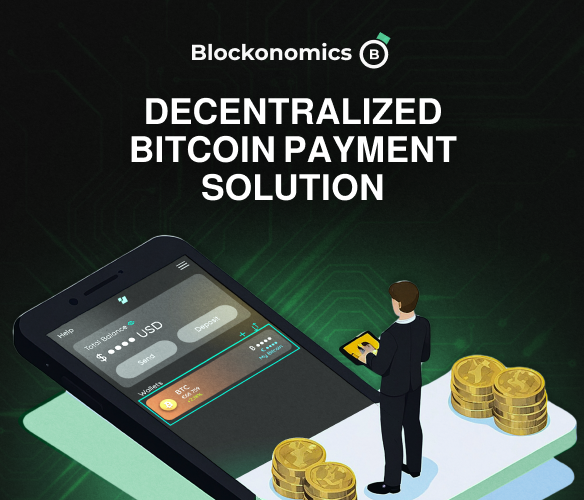Up to 25% Fee for Bitcoin? CashApp’s New Charges Leave Users Fuming

CashApp’s revised fee structure blindsides customers as smaller BTC transactions now carry sky-high 25% charges.
In a sudden shift that’s rattled users, CashApp has introduced new Bitcoin purchase fees that combine flat rates with percentage-based charges. For lower-value transactions, this can mean losing up to a quarter of your funds in fees alone.
There are now over 10 different fee levels, depending on how much Bitcoin you’re buying—but the worst part? If you're only snagging $1 worth of BTC, you're slapped with a $0.25 flat fee. That’s a 25% hit right off the bat, just for making a tiny purchase.
CashApp’s new Bitcoin fee structure reveals a 2% commission on $100 BTC purchases, placing it well above the crypto industry average. Leading exchanges like Binance offer significantly lower transaction fees—starting at just 0.1%. Plus, Binance users can reduce costs further by using BNB to cover trading fees, making it a far more cost-effective choice for regular crypto investors.
For many in the crypto community, CashApp’s latest move smacks of profiteering. The sharpest criticism comes from those making micro-transactions, who feel unfairly targeted by what they describe as predatory fees. Calls are growing louder to abandon the app altogether in favor of established crypto exchanges, whose global footprint only continues to expand. Meanwhile, CashApp has yet to break its silence.
Сheck this out: Crypto-Anarchism: From Manifesto to Lifestyle
While the fee hike may serve to shield CashApp’s revenue streams amid market instability, observers warn it comes at a cost. The brunt of these changes is felt by retail investors and crypto newcomers—users who often overlook fee structures when entering the space. This has sparked renewed debate over how accessible Bitcoin truly is for the average consumer.
All of those fees are scammy. I would definitely look elsewhere,
commented someone using the handle Daniel K.
Crypto experts are now telling newcomers: always check the fee structure before buying Bitcoin. But if high fees on micro transactions spread to other platforms, they could become a serious obstacle to global crypto adoption—no matter how proactive users try to be.
Read on: Fiat Money vs Commodity Money: What’s the Difference?
The content on The Coinomist is for informational purposes only and should not be interpreted as financial advice. While we strive to provide accurate and up-to-date information, we do not guarantee the accuracy, completeness, or reliability of any content. Neither we accept liability for any errors or omissions in the information provided or for any financial losses incurred as a result of relying on this information. Actions based on this content are at your own risk. Always do your own research and consult a professional. See our Terms, Privacy Policy, and Disclaimers for more details.























